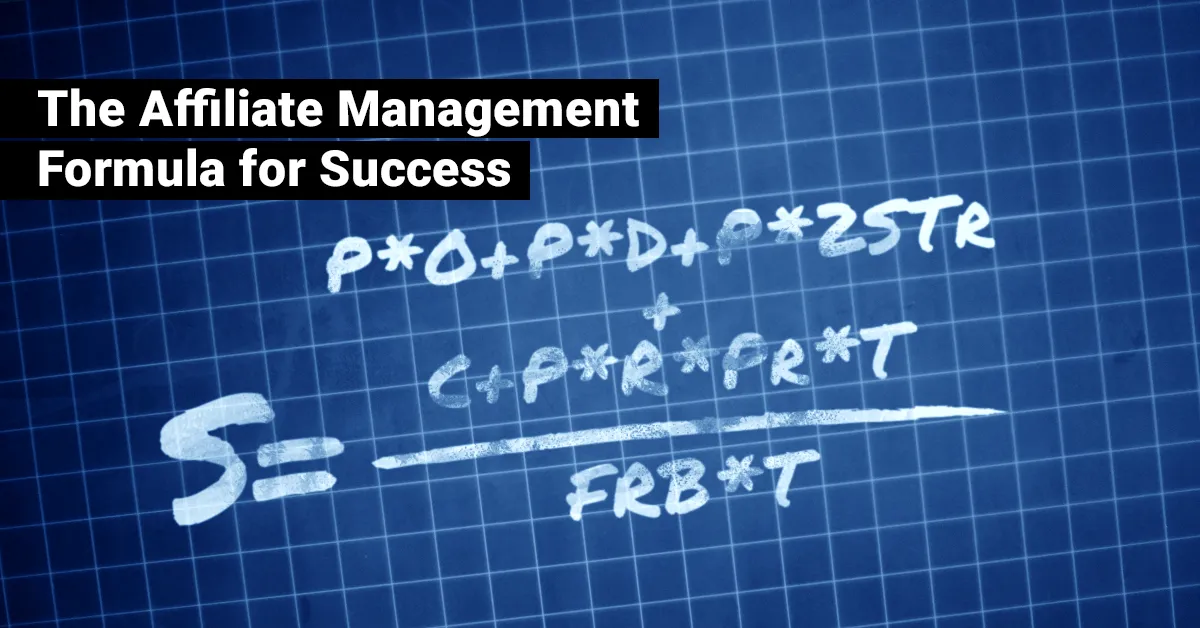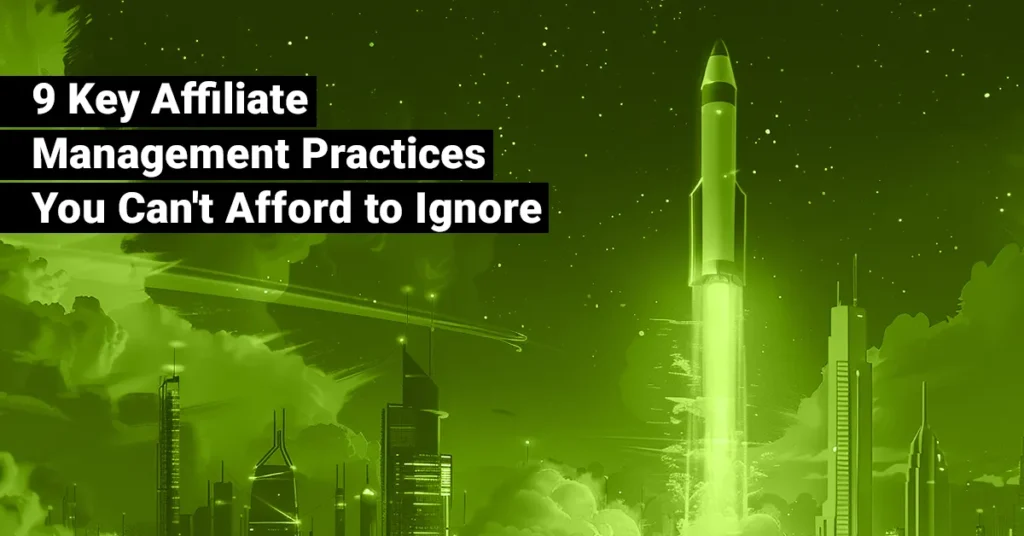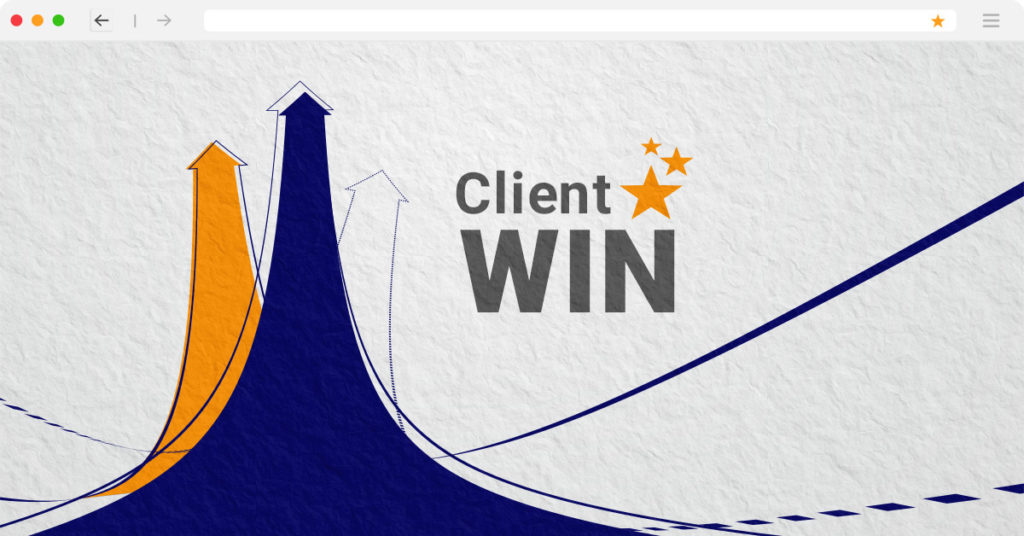Let’s get one thing out in the open right from the beginning. I’m not a mathematician. Although I dealt with large formulas in many Macro Economics classes to finish college, I once had to use my 14 year old son (at the time) to help me and my team reverse engineer a revenue number from a commission percentage. My skills generally lie elsewhere (I’ve been told I make a mean Mai Tai and can waltz with the best of them).
But, I am going to venture near the world of mathematics and lay down a formula on you today. That formula? The formula for success for your affiliate marketing channel.
A field of dreams it can be, but Kevin Costner’s plan doesn’t quite get the job done when it comes to affiliates.
Why a formula? Well, there is always a bit of confusion with the affiliate channel and what needs to go into it to make it successful. A field of dreams it can be, but Kevin Costner’s plan doesn’t quite get the job done when it comes to affiliates. A lot more goes into driving good incremental sales through this channel than simply making it available.
That is probably the single biggest error advertisers make when getting into this channel – I’ll just put it out there and affiliates will flock to me. It rarely happens. The amount and type of work that goes into a successful result is specific, varied and dependent truly on one variable that we’ll explain in detail. That main variable is Time. Like many things in life, the amount of time we are able to dedicate to something will be reflected in our outcome.
So let’s talk about the different parameters that go into our equation. I’ve included a semi-comprehensive list of variables here.
Our Affiliate Management Success Formula Variables:
P (Partners)
You need affiliate partners. Sort of hard to grow an affiliate channel without affiliates. This number represents the number of affiliate partners you have in your channel.
D (Diversification of partner revenue)
Getting partners into your affiliate program is foundational and typically the first step. But, you want to make sure you are not too reliant on one affiliate to drive all revenue, one category of affiliate engaged in one type of marketing on your behalf, and you want to spread the risk and liability of driving and exceeding your revenue goals across a multitude of partners. Is your program diversified or not? Get diversified.
Pr (Promotional Plan)
Now we are talking about making sure you have a strategic plan in place to help your affiliates close business for you. You need a promotional plan that includes new products, sales, exclusive deals for key partners and deals for the channel as a whole and strategies to sell your products and services that the affiliates can execute.
O (Optimization)
Like any marketing campaign or channel, it takes intentional effort to maximize the outcome. Optimizing your partners on a case by case basis can help you squeeze every bit of revenue out of each partner. Are you allowing your affiliate partners to promote your products in a vacuum or are you sharing sales tips, top products, creating customized incentive programs, creative and other tactics and strategies for each one? There is gold in them there hills, but you have to work with each partner individually to get all of it.
R (Effort applied to recruitment of affiliate partners)
This variable multiples your partner effectiveness considerably. The more effort and intentionality you apply to recruiting affiliates the greater the diversification and the greater the overall results. This is especially important in a mature program where you find the bulk of your growth through unique, interesting, and more complex partnerships that you have not found before.
FRB (Fraud, Regulatory, and Brand Protection)
This section is vital to protecting the revenue you do acquire. If you are doing this well, you protect all your revenue. If you aren’t doing this at all, 100% of your revenue is at risk, in fact, because of fines from regulatory issues and loss of income from fraud, this variable can cost you considerably more than the revenue you produce. If you are perfect, your multiplier is 1, if you are not doing this, your multiplier could be negative 1000 with fines and fraud.
C (Creative Effectiveness)
Anything consumer facing is vital to the success of the program. Your creative needs to be compelling, adhere to IAB guidelines and you need to test your creative to find the right mix of product, call to action, colors, etc. You can’t convert sales without good creative, this includes text links, data feeds, banners, and custom creative.
STr (Strength of Relationships)
This is very similar to optimization and impacts just about everything in this equation. It also is where much of the time is spent in an affiliate program. A good relationship will bring you new customer acquisition ideas out of the blue. Strong relationships monitor other partnerships for you. Without strong relationships, you are missing one time opportunities to reach customers, special deals, better pricing on placements and additional real estate. With strong relationships you will see these opportunities grow and your sales and acquisitions increase dramatically. We have thousands examples of opportunities we received from our affiliate partners because we have spent decades building trust, delivering for them and investing in our relationship with them.
T (Time)
This equals the amount of time dedicated to your account. You take the total time of the team working on your account and divide that by the amount of clients they manage. If you are an in-house manager, you divide this time by the amount of all the other projects you have to manage. This gives you a clear indication of of how much of this valuable resource is put to the success of your channel.
S (Level of Success)
This is your outcome! This is where we are trying to add up all our inputs to get to.
Here is the formula:

So let’s talk this out.
Success equals (Partners times Optimization) PLUS (Partners times Diversification) PLUS P(artners times 2x Strength of Relationships) PLUS Creative Effectiveness PLUS (Partners times Effort applied to Recruitment). All of that times your Promotional Plan then all of that multiplied by Time you dedicate to your program. Then all of that is divided by your Fraud, Regulatory, and Brand protection plans.
…not only can all the revenue be at risk, but you can literally be risking much more than that in losses to fraud and losses to fines from the FCC and others.
There are two variables here that have the biggest impact on your success. The first is Fraud, Regulatory and Brand Protection. If you are doing this well, then you can realize all the revenue and all the success you are generating.
And like I said above, if you are not spending time each day and week dedicated to ensuring your program, your marketing and the efforts your partners are doing on your behalf, not only can all the revenue be at risk, but you can literally be risking much more than that in losses to fraud and losses to fines from the FTC and others. This variable impacts the entire equation. This variable is directly impacted by the second…
All your other variables may be in line and firing on all cylinders, but if you are starving it of time, you won’t see growth.
The second variable that impacts the entire equation is Time. Growth and success of every part of your channel is directly impacted by the amount of time your team, whether it is an agency or in house, is able to devote to your program. It is why here at JEBCommerce, we dedicated multiple resources to each account and keep our client per team member ratio as low as possible.
At other organizations that many of our clients used to have manage their program, each person has upwards of 50 or more programs they manage and are responsible for growing. Do that math there, one person managing 40 clients is spending about 1 hour per week, 4 hours per month or 48 hours per year focusing on your program. All your other variables may be in line and firing on all cylinders, but if you are starving it of time, you won’t see growth.
It is very similar to an engine. I’m actually replacing a small motor in my 1965 Belvedere with a larger V8 this very week. Now there are a lot of things that are vital to that engine producing the horsepower I am looking for. I can update all of those (aluminum intake, new cam, headers, big carb etc), but if I starve it of fuel and air, it won’t matter.
Time does the same thing. It is the most important variable in this Affiliate Marketing Success equation. It takes time to build strong relationships. It takes time to recruit new partners. It takes time to optimize and test to increase success with your partners. It takes time to ensure you are protected from fraud and are in line with regulatory requirements and to keep up with an ever changing regulatory landscape. It takes time to create and execute a successful promotional plan.
If you are looking to launch a new program, you need as much time as you can buy. If you are looking to grow a mature program, this increases even more, in fact I would multiple the entire equation by 2 or 5T, not just T. Unfortunately there are no shortcuts for this variable. It is so important that we multiply all other variables in this equation by it and we maintain a 4 client per team member ratio. Over 15 years and 200 programs managed, we have found that keeping this ratio closed is vital to success.
I hope this helped you determine your steps for growth going forward. If you would like to walk through this equation with me or our business development team, we’d love to chat at your convenience. If you need more direct assistance, please reach out to us at gethelp@jebcommerce.com or schedule time to discuss your needs with us.






